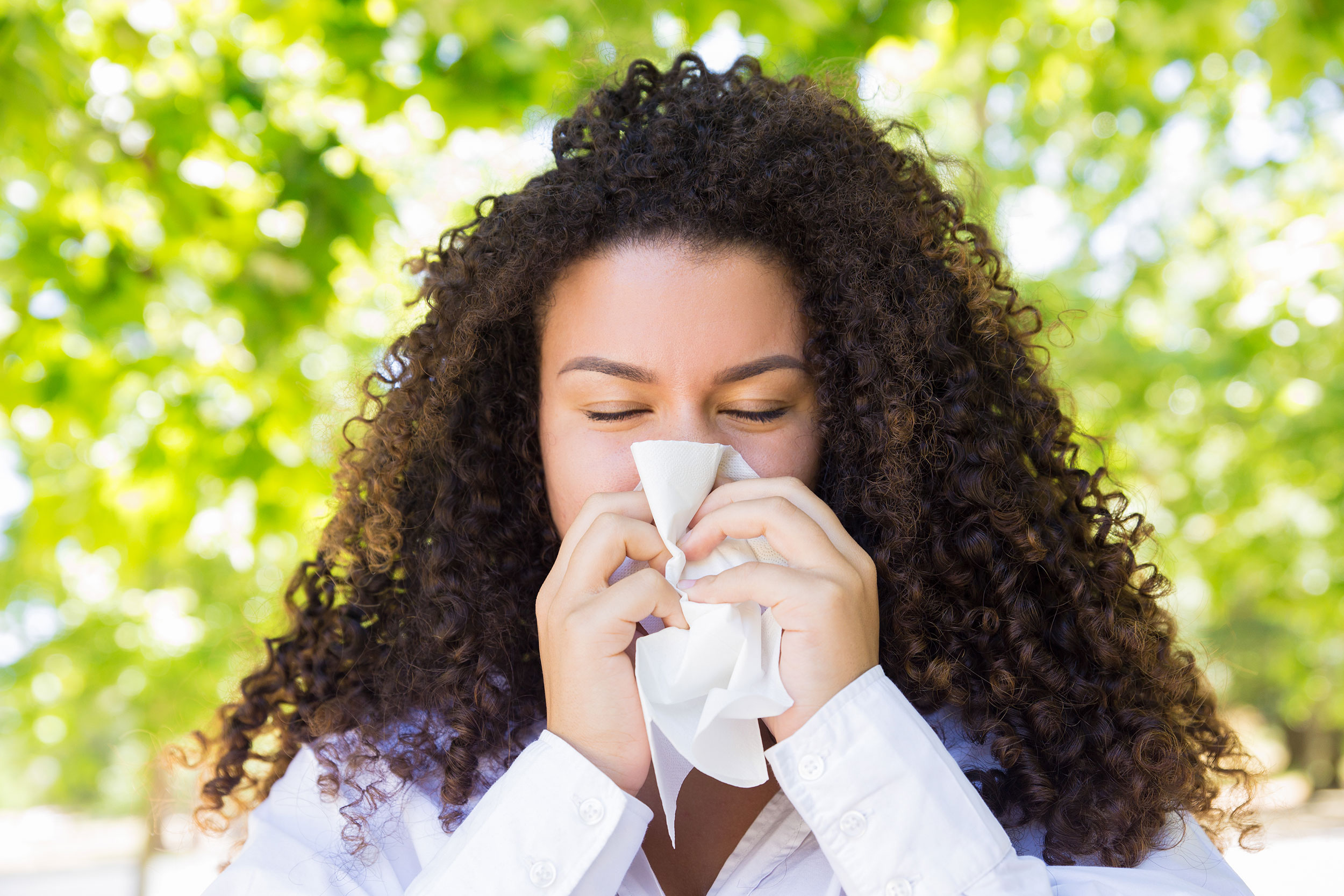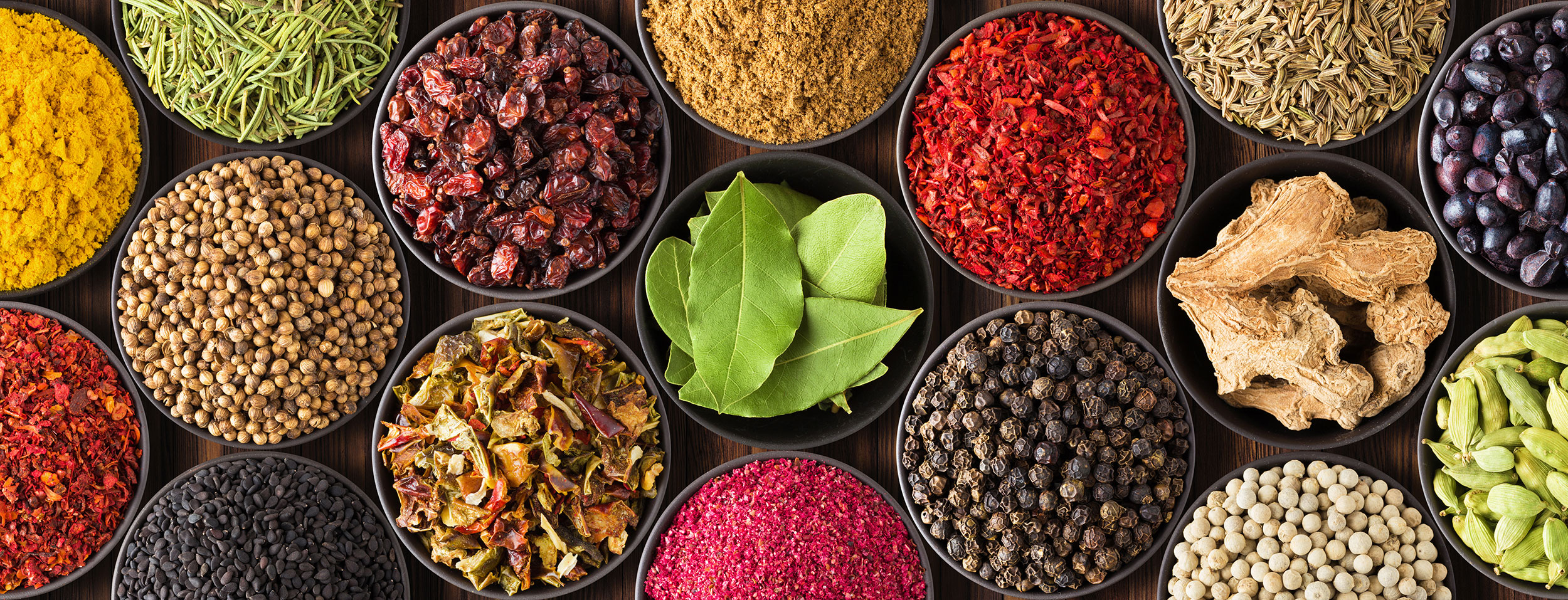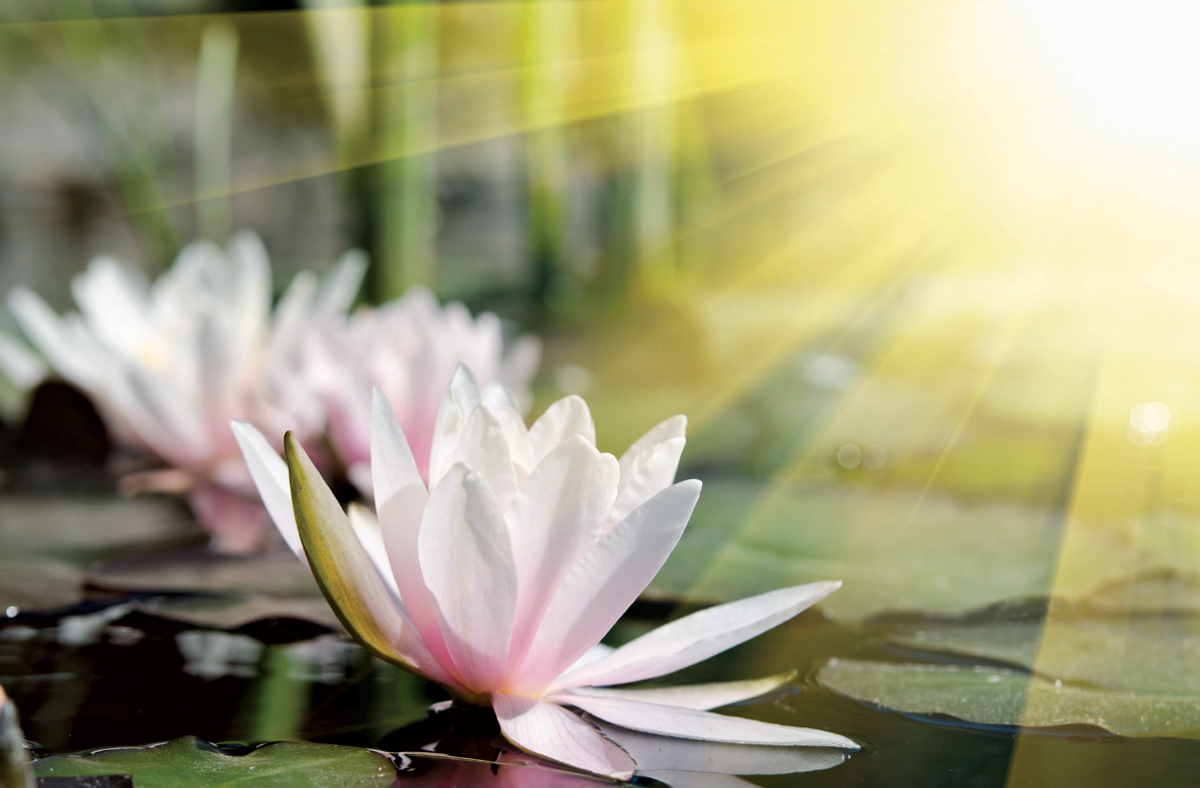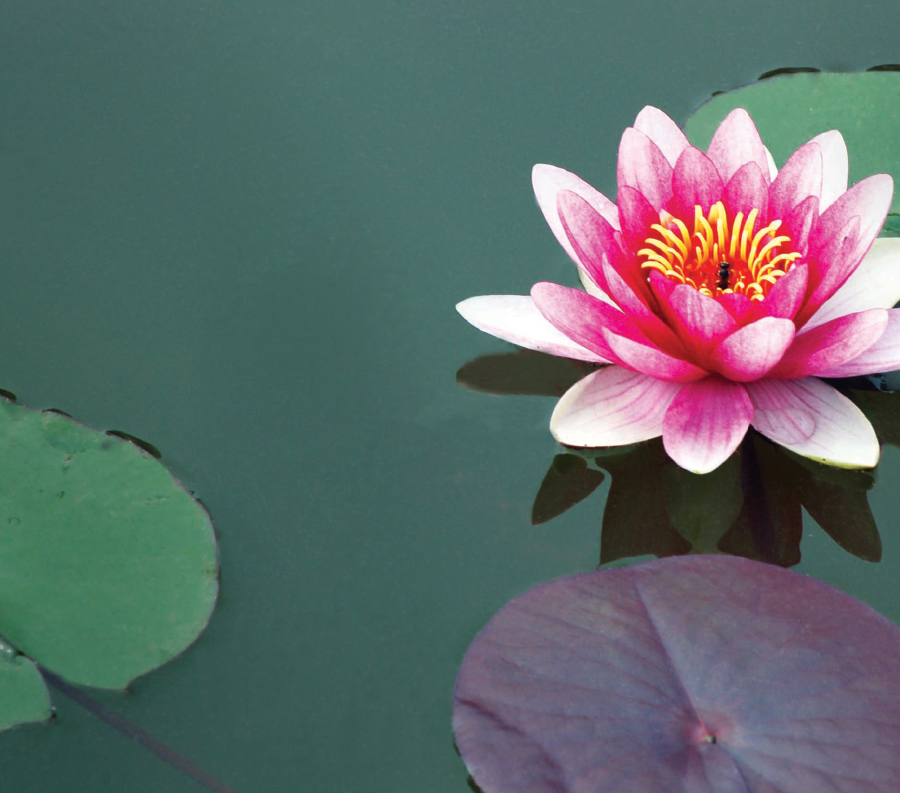“Let the food be thy medicine and medicine be thy food.” – Hippocrates
Follow the rainbow
Over the years, health gurus and food planners have devised some of the world’s most impossible diets. Many of these have the most miniscule portion sizes, while others require an abacus in order for you to count the calories of every morsel that passes through your lips. Some other diets are downright shocking, recommending you to stick to only one food group to the exclusion of all else—such as the cabbage soup or the grapefruit diet.
Rarely is a diet plan simple and sensible, and this is the main reason for the failure of fad diets. They simply do not translate into a permanent lifestyle change—which is why the extra pounds merely vanish temporarily, only to pile back on with a vengeance once you’ve been weaned off the diet. However, surprisingly enough, experts are now touting a diet plan that finally focuses on good health as the building block of a wholesome body—one that invigorates and satiates instead of leaving you tired, irritable and dull. Welcome to the colorful menu of the rainbow diet!
The rainbow diet operates on the principle that food, color and health are inter-related. With the focus on fresh-colored foods, experts and practitioners recommend that we pile our plates with a rainbow assortment of naturally-colored foods—this is the key to providing your body with the crucial ingredients it needs. When Colette Garside, a nutritionist and color therapist, left school at 16, she went to Catering College for 3 years and trained as a chef and hotel manager. “During this time I had to understand (the concepts of) nutrition and plan menus that had both color and dietary value,” she says. Colette adds, “This helped me realize that by eating a rainbow diet you actually get all the mineral salts you need. However, you must ensure that the quality of food is organic and well prepared. It is important to eat fruit and vegetables as much as possible with the skin, raw or lightly steamed.”
![]()
“The violet, indigo and blues of the plant kingdom include phenols and dithiolthiolnines contained in eggplant, cruciferous vegetables such as purple cabbage, black grapes, plums, and grains.”
Food, color and health
Our bodies require fat, proteins and carbohydrates to function. These are the very basic macronutrients needed to sustain life. Most fad diets focus only on these, completely ignoring the fact that we also need (albeit in lesser quantities) vital minerals, vitamins and salts, classified as micronutrients, in order to survive. “Any diet that asks you to eliminate a particular food group does more harm than good,” says Deepshikha Agarwal, dietician and sports nutritionist. “The rainbow diet is unique because here one can mix different colored fruits and vegetables, making a meal palatable, attractive while adding a nutrient rich variety.
It also aids in permanent weight loss and includes foods rich in antioxidants, which help to protect our body against serious diseases like cancer and heart problems, while toning the immune system. The diet focuses on phytonutrients—the nutrients gleaned from plant life—(fruits and vegetables), in order to build good health. Each meal should be 80 percent plant-based with no more than 20 percent meat. According to research by the McKinley Health Center, University of Illinois, it was established that phytochemicals are often found in the coloring agents of fruits and vegetables, so eating brightercolored varieties will yield richer nutritional benefits.
Preparing rainbow meals
Since fruits and vegetables get their brilliant coloring due to the presence of pigments that are beneficial to the body, here are some of the colors you should be seeing more of on your plate:
![]()
Violet-Indigo
The violet, indigo and blues of the plant kingdom include phenols and dithiolthiolnines contained in eggplant, cruciferous vegetables such as purple cabbage, black grapes, plums, and grains. Apart from containing antioxidants that offer a measure of protection against free radicals, thereby preventing early aging, these colored foods also protect the blood vessels, tendons, ligaments and cartilage from damage. Violet-indigo-blue foods strengthen and repair.
Green
This is perhaps one of the most important colors of the rainbow diet. Research has proven that chlorophyll present in all green plants has the ability to offer protection against debilitating diseases such as cancer. Green colored foods are also known for their detoxifying properties. In addition to chlorophyll, green leafy vegetables are high in bioflavinoids, vitamins and organic mineral complexes, vitamin B-12 and iron. You can get your quota of greens by making a selection between an array of foods that include broccoli, spinach, green grapes, green apples, capsicum, beans, kiwi, even green almonds and blueberries. Kiwi is said to have anti viral properties. Green spices can also be included and the choices range from basil, parsley, coriander and other kitchen herbs. The green foods restore energy and vitality.
![]()
“This is perhaps one of the most important colors of the rainbow diet. Research has proven that chlorophyll present in all green plants has the ability to offer protection against debilitating diseases such as cancer.”
Yellow and Orange
Yellow and orange colored foods are known to contain a pigment called carotenoids. Beta carotene (a form of Vitamin A) plays a large role in protecting one’s vision and the immune system, and it may help keep cancer at bay. Stock up on carrots, papaya, sweet corn, pumpkin and of course, oranges!
Red
Red foods have many amazing health benefits. Packed with anthocyanins, carotenoids and lycopene, they protect the brain from oxidative stress and guard against Alzheimer’s and dementia. True to the age-old saying, “an apple a day,” red apples contain antioxidants, mopping up free radicals that can damage DNA. It has been observed in several studies that apples inhibit the growth of liver and colon cancer cells as well. So, stock up on pomegranates, strawberries, cherries, raspberries, radish, watermelons, tomatoes, red potatoes and beets, all of which pack a powerful nutritional punch!
“Red foods have many amazing health benefits. Packed with anthocyanins, carotenoids and lycopene, they protect the brain from oxidative stress and guard against Alzheimer’s and dementia.”
Emotional benefits
![]()
The rainbow diet also encourages you to take control of your own emotions, especially significant for many people who tend to veer towards depression or who are often taken sway by strong emotions. Experts attribute this to the fact that color has the power to change moods.
“If you are angry then you can have more of yellow and orange foods to calm down and feel relaxed. So when you consciously combine various colors in your meals, you not only have a balanced diet but ensure that you are in control, physically and mentally,” says Deepshikha Agarwal.
Remember, all the foods that you choose for the rainbow diet should be natural and wholesome. Minimize external influences such as freezing and even microwaving as far as possible. Deepshikha elaborates, “The diet operates on the principle that our bodies are not designed to handle anything artificial. It is preferable to have foods in their natural/organic form. Avoid overcooking as you may lose some beneficial water soluble vitamins. Proper cooking methods like stir frying, steaming, and germination can preserve over 90% of their nutrients, while their flavor becomes more concentrated and sweet.”
As you grow more familiar with the rainbow diet and the myriad health benefits it provides, you’ll realize that the entire family adapts to it easily, especially children who really appreciate the visual splendor and the novelty of having a rainbow on their plate. And as with all rainbows, there is a proverbial pot of gold at the end of this one too—pink of health for the body, mind and soul!
![]()















